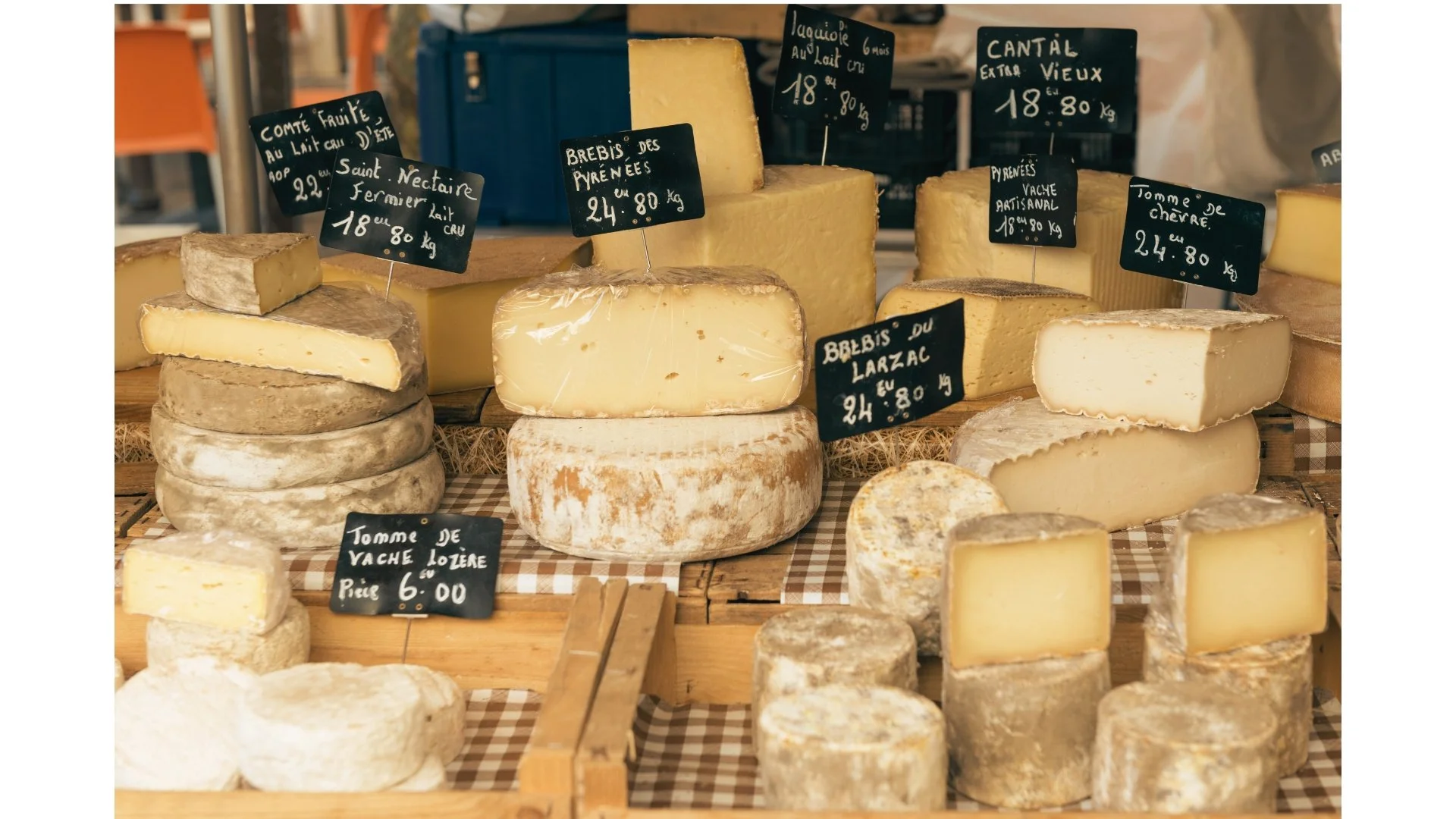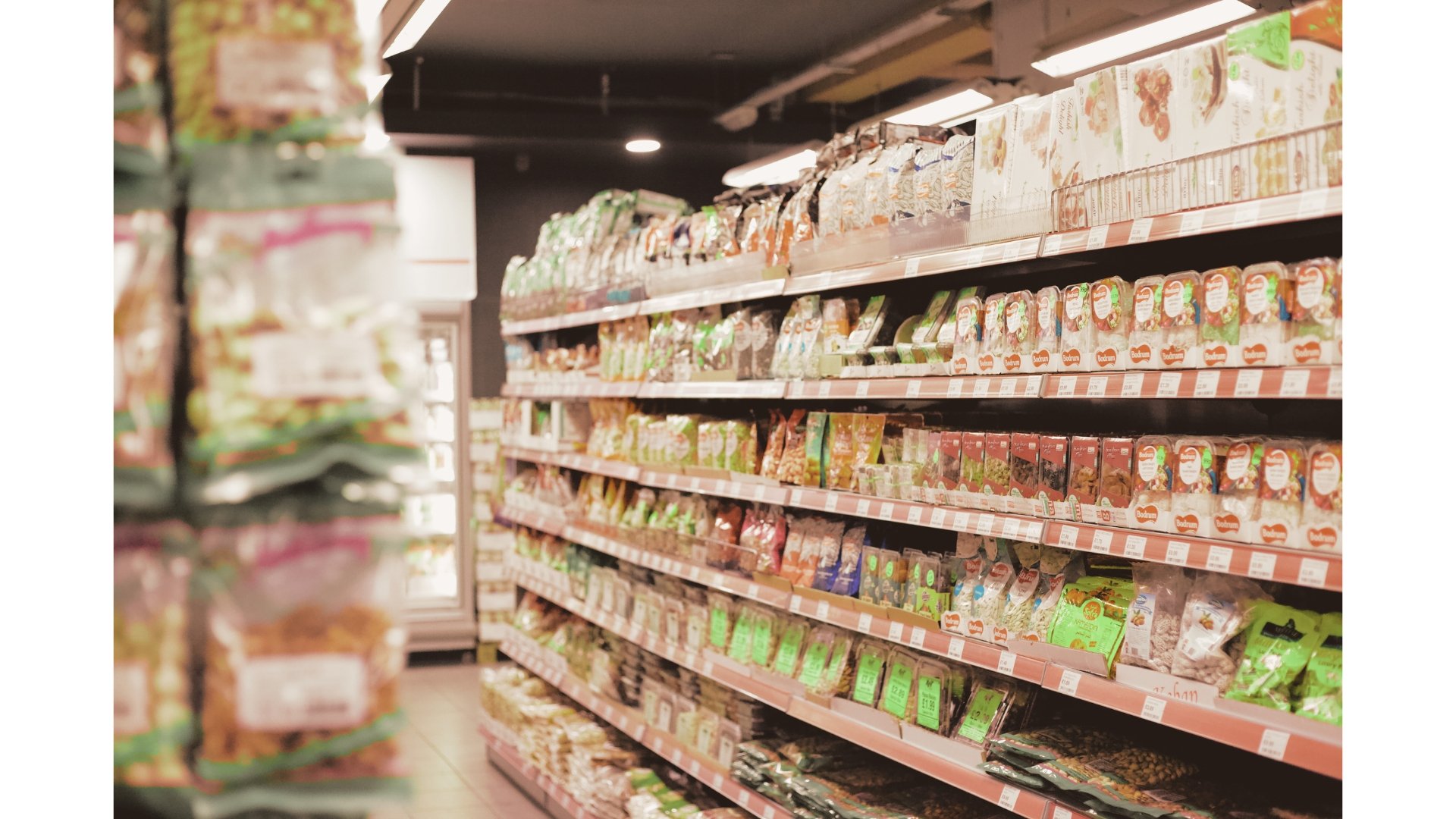The Ultimate Guide to French Cheeses
Published May 20, 2025
If you’ve ever dreamed about a world where cheese is more than just food, welcome to France. Here, cheese tells the story of entire regions, family traditions, and a love of flavor that goes far beyond a casual snack. Whether you’re a Brie beginner or ready to dive into the funky depths of Roquefort, there’s a French cheese waiting to change your life. Or, at the very least, massively upgrade your next picnic.
Jean-Paul: "France doesn’t just make cheese. We respect it. We live it."
France is the country with over 1,200 types of cheese that each comes with its own personality and story to tell.
How Cheese Became France’s Comfort Food and Cultural Treasure
Thousands of years ago (we’re talking Roman times here), early cheesemaking methods made their way to what we now call France. Back then, it was all about taking raw milk, letting nature do its work, and ending up with something totally unique. Monks later refined the techniques, and by the Middle Ages, legendary cheeses like Brie and Roquefort were born.
Jessica: "Trying cheese in France has taught me to appreciate every single bite. Whenever I visit, I’ve learned to pause, relax, and enjoy the flavor."
The Overwhelming World of French Cheeses
There’s a French cheese for every occasion. Need something to melt over potatoes? Raclette is perfect. Want a cheese board to wow your guests? Go for silky Brie, nutty Comté, and something goat-y for balance (Chèvre, anyone?). Feeling adventurous? Pick up a blue cheese like Bleu d’Auvergne and drizzle it with honey to bring out its sweet side.
Jean-Paul: "Taste a Comté, and you’re tasting the Jura mountains. Eat Reblochon, and you’re on a village farm in Savoie. Cheese is the mirror of its region."
Start Your Cheese Adventure with These Categories:
Soft Cheeses
Brie de Meaux: Buttery, mushroomy, iconic
Camembert: Earthier than Brie, great with cider
Époisses: Pungent rind, creamy interior
Hard Cheeses
Comté: Nutty, slightly sweet, great for melting
Beaufort: Smooth with alpine herb notes
Mimolette: Bright orange, caramel-like
Blue Cheeses
Roquefort: Sharp, salty, sheep’s milk classic
Bleu d’Auvergne: Milder, creamier blue
Fourme d’Ambert: Earthy, mushroom-like
Goat Cheeses (Chèvres)
Crottin de Chavignol: Young and tangy or aged and nutty
Sainte-Maure de Touraine: Ash-covered log with a lemony kick
Valençay: Pyramid-shaped with a dense, creamy texture
French Cheese for Melting
Some French cheeses truly shine when melted—on potatoes, in fondue, or inside a crusty sandwich.
Raclette: Made for melting, traditionally served over potatoes with pickles
Comté: Great in gratins or sandwiches
Reblochon: The star of Tartiflette (bacon, potatoes, onions, cheese)
Gruyère: Fondue-friendly, browns beautifully
Emmental: Milder option, melts like a dream
Jean-Paul: “Raclette night is a festive experience to be shared with friends! At home we use raclette grill, but in restaurants they bring out a giant chunk of raclette cheese that is slowly warmed and melted by a heat lamp. It’s a must try in winter!”
The French Cheese Course: Why It’s a Must-Try
In France, cheese is tradition. The cheese course comes between the main course and dessert, giving you a moment to sip wine, chat, and savor.
Jean-Paul: "Pick three or four cheeses. You want different textures and flavors. Add a fresh baguette and a good wine. And remember: Slice evenly so everyone gets to enjoy!"
Cheese Etiquette and Wine Pairing
The magic of French cheese really comes to life when paired with wine.
Jessica: "When I’m in France, I stick to simple rules: Pair light cheeses like Brie with white wines and stronger cheeses like Roquefort with sweet wines."
Cheese Etiquette:
Cut cheese so everyone gets both the center and rind
Never scoop out the creamy heart of a soft cheese
Taste cheeses from mildest to strongest
Use a different knife for strong cheeses
Some Cheeses You Can't Get in America (Here’s Why)
If you’ve ever wondered why it’s harder to find certain French cheeses in the U.S., blame it on raw milk. Many French cheeses are made with raw milk, and U.S. regulations restrict imports of raw-milk cheeses aged for less than 60 days. Pasteurized versions exist but often lose some of that authentic depth of flavor.
Jessica: "When I’m back in the U.S., I check specialty shops or online retailers for pasteurized versions of French cheeses. Even if they have the same label and are imported from France, they’re not exactly the same, but some are really good alternatives!"
Why French Cheese Matters
French cheese is something you experience. It connects you to the land, the history, and the rituals of a country that treasures good food. Whether you’re at a bustling cheese market in Paris or putting out a cheese board for friends back home, you’re carrying a little bit of France with you.
Jean-Paul: "Cheese is what makes a simple moment special. It’s enjoying life."








